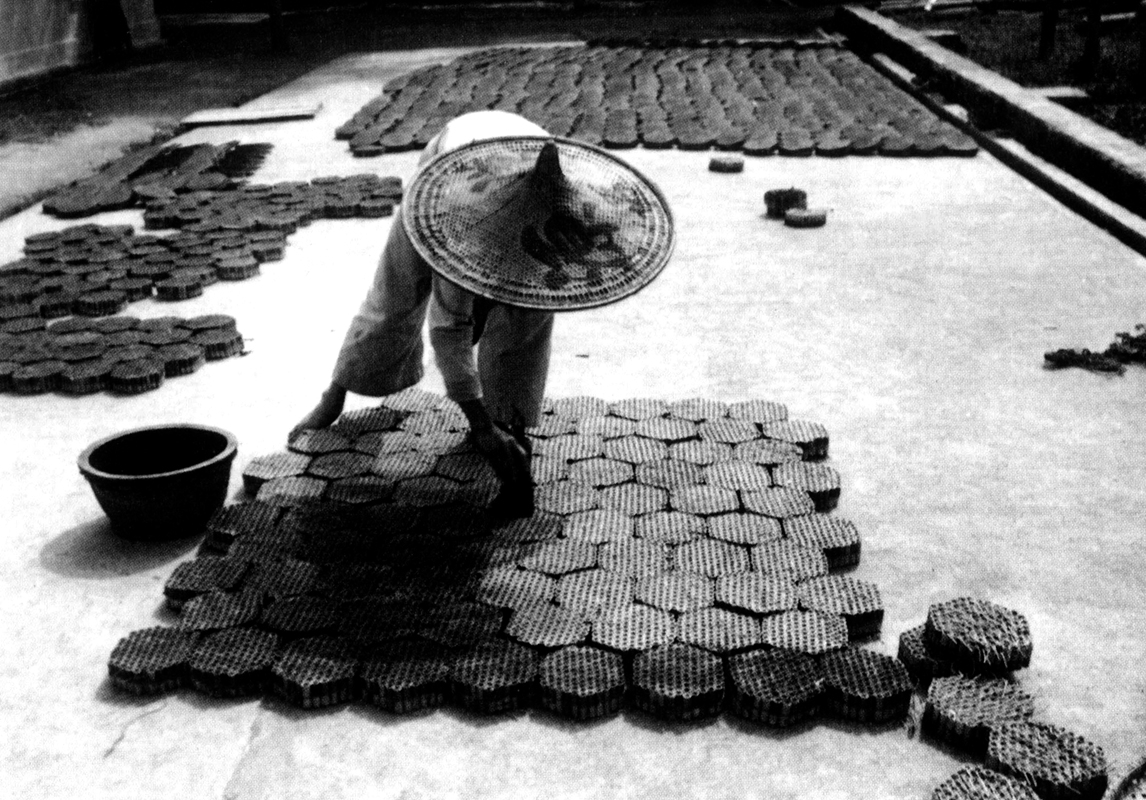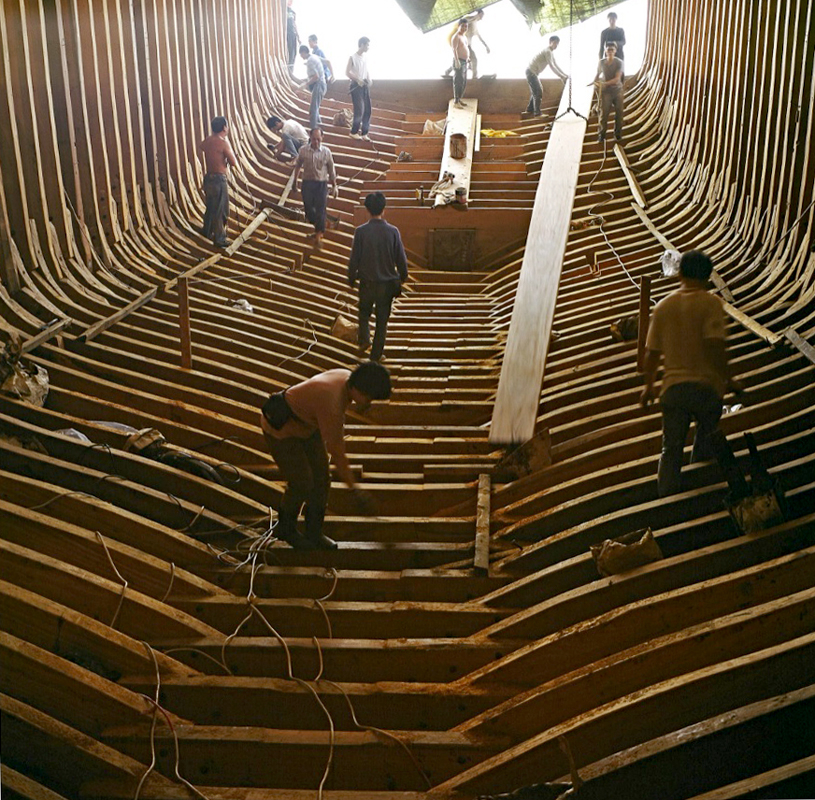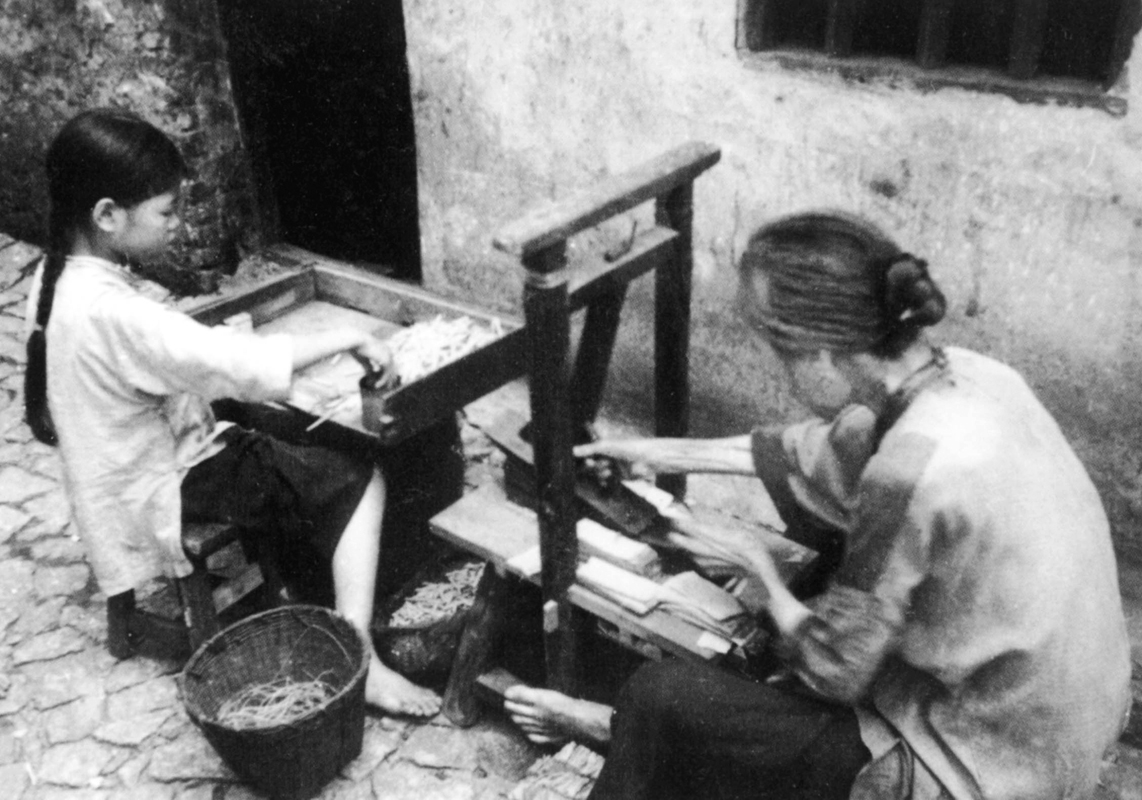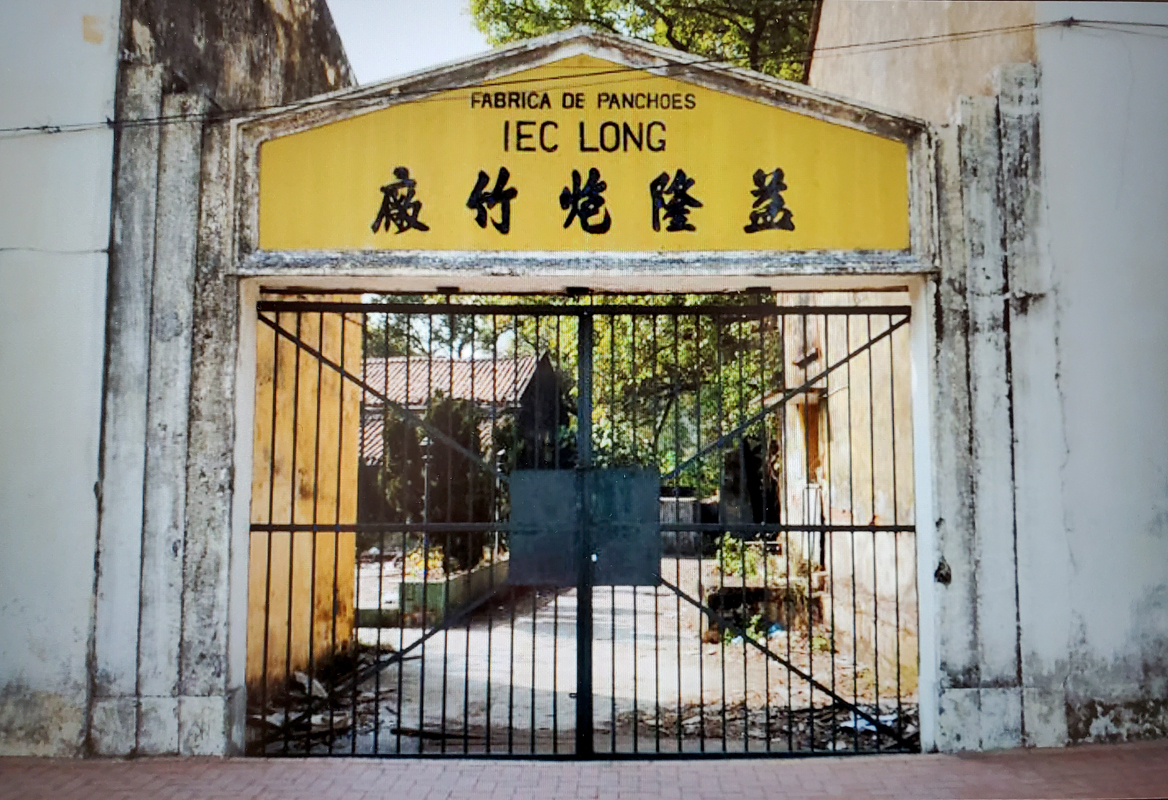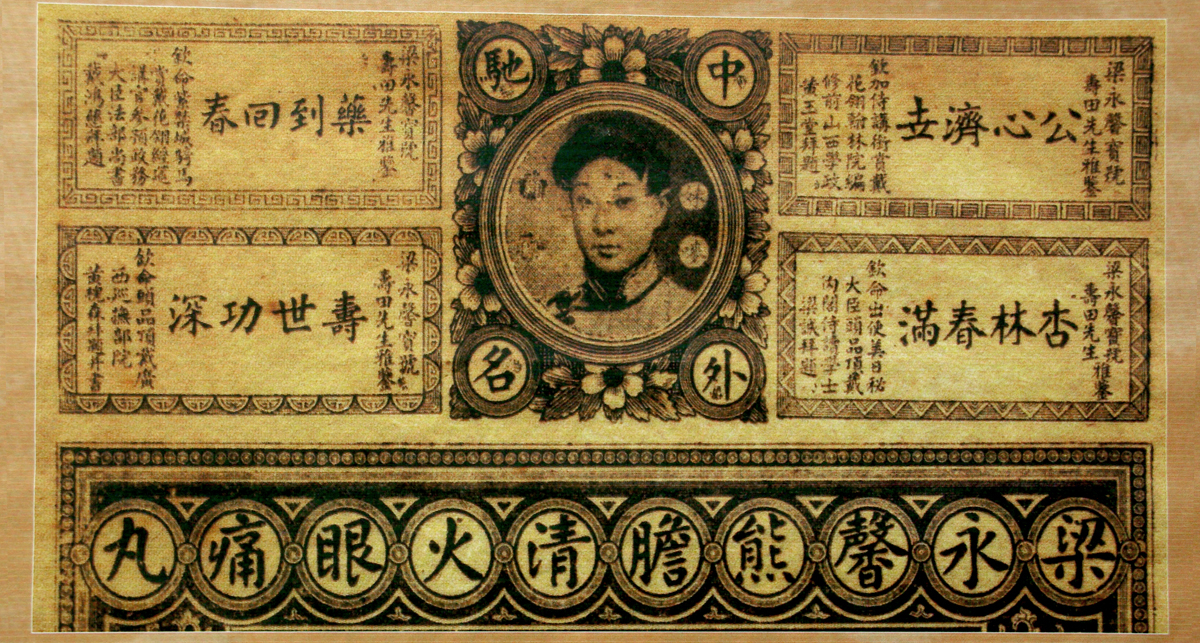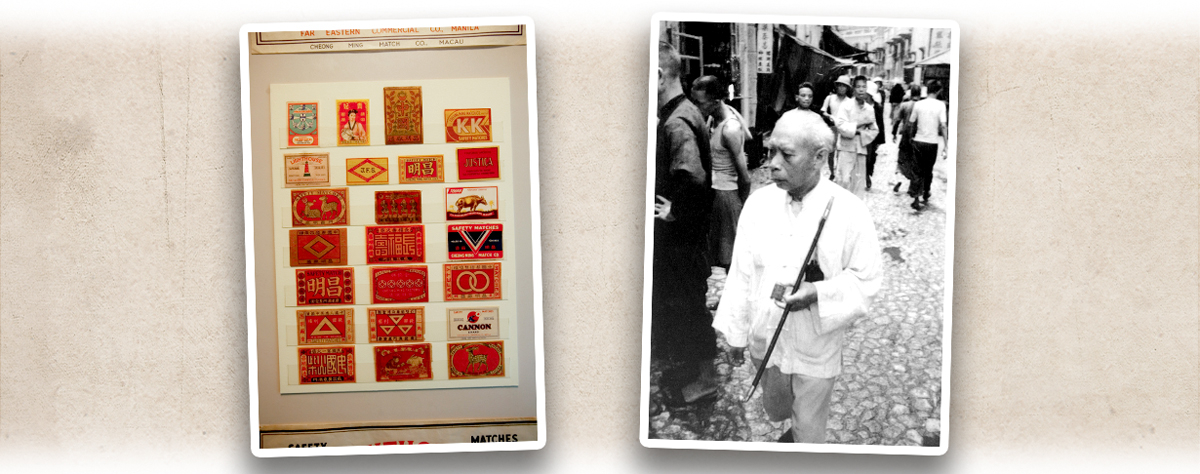Although the industries of prostitution, gambling, and opium were once important economic pillars of Macao (Macau), handcraft also played an important role in the city from the late 19th to the mid-20th century, with shipbuilding, firecracker, incense and match being the “Four major handicraft industries of Macao”. In addition, there were also other handicraft industries in Macao, such as tobacco, weaving, and tea roasting. In contrast to the modern industries that emerged in the late 20th century, many local families were able to make a living by engaging in the labour-intensive traditional handicraft industries. In addition, many manufacturers took advantage of Macao’s location as a major trade hub to export goods such as incense, firecrackers, and matches to mainland China, Southeast Asia, America, and Europe, which made products “Made in Macao” popular in overseas markets. However, Macao’s handicraft industries began to decline in the 1950s and were gradually replaced by modern industries.
|
|
Why did handicraft industries prosper in Macao? |
|
|
See answer below. |
Lam Mau Tong was not only a typhoon shelter of Macao’s Inner Harbour, but also a major hub of shipyards in the 1960s. (Taken by Mr. Leung Chi-ching, provided by the Photographic Society of Macau, cited from “Macau Memory”, Macao Foundation)
Shipbuilders making boats in a shipyard in Lai Chi Vun. (Taken by Mr. Chan Hin-io, provided by the Photographic Society of Macau, cited from “Macau Memory”, Macao Foundation)
Macao has a long history of shipbuilding. Many merchant and fishing vessels berthed at or travelled to and from the port of Macao, creating a great demand for shipbuilding and ship repairing since its opening to foreign trade. In the past, shipyards were mainly located on the northwestern coast of the Macao Peninsula (around Patane and Lam Mau Tong), Taipa Rada (Old Taipa Village), as well as Coloane Rua do Estaleiro (near the Largo Tam Kong Miu) and Lai Chi Vun. More than ten shipyards still remain in Lai Chi Vun today. The shipbuilding industry in Macao mainly produced hand-made wooden boats supplemented by machinery in simply-built shipyards.
In addition to private shipyards, the Portuguese Macao government also established official shipyards which produced ferries and vessels for inspection and fire-fighting. An official shipyard cooperated with a shipyard in Coloane Rua do Estaleiro to build Lorcha Macau, a wooden sailing ship once sailed to Japan, India, Thailand, Portugal, and other places. However, the shipbuilding industry began to fell in the 1990s when the mainland market opened up and Macao fishery declined. The last Macao-made fishing boat was launched in 2005, marking the end of the shipbuilding industry in Macao.
Children braiding strings of firecrackers. (Taken by Mr. Lei Chiu-vang, provided by the Photographic Society of Macao, cited from “Macau Memory”, Macao Foundation)
Female workers using a rolling instrument to make firecracker casings.
A worker drying rolls of firecrackers in a firecracker factory.
Yick Loong Fireworks Factory was one of the largest firecracker factories in Macao. Warehouses, offices, a chiselling workshop, a pond, and a small temple are found in its well-preserved industrial site.
The history of firecracker factories in Macao was dated back to as early as in 1864. There were as many as 15 firecracker factories in Macao in the 1880s. However, the firecracker industry shrank as a result of the monopoly policy on gunpowder and restrictions on material export from Guangdong Province (廣東). The eight standing firecracker factories in Macao in the 1920s produced firecrackers for both domestic and overseas markets.
The production of firecrackers involved a number of complicated and labour-intensive processes, including gunpowder mixing, casing rolling, chiselling (putting gunpowder and fuses into the casings), braiding strings of firecrackers, and packaging. Fatal accidents could occur in this high-risk industry, especially during the processes of dispensing gunpowder and chiselling. After the explosion of Toi San Firecracker Factory in 1925, the Portuguese Macao government relocated all firecracker factories carrying out dangerous processes to Taipa, making the firecracker industry an important source of livelihoods for the residents there. However, the firecracker industry declined in the 1970s and became a part of Macao’s history when factories closed down successively.
A traditional incense shop. The incense industry was once an important handicraft industry in Macao.
Incense is an important item in traditional Chinese worships and therefore is in great demand. As early as in 1867, there were already a number of incense manufacturers in Macao. The first incense shop in Macao was Chan Luen Hin Incense Shop opened in 1877. Another long-established brand being Leung Wing Hing Incense Shop established during the reign of Emperor Guangxu (光緒) of the Qing dynasty (清朝). Being the largest local incense shop, it owned factories in Macao and branches in Hong Kong and Guangzhou (廣州). The high-quality Macao-made incense was a popular item in both domestic and other markets, including mainland China, Southeast Asia, and the United States in the early 20th century. It was not until the 1980s that the incense industry in Macao declined and even disappeared due to the reform and opening-up of mainland China.
Leung Wing Hing’s bear bile pills for clearing internal heat and alleviating eye pain. “Leung Wing Hing” produced both incense and traditional Chinese medicine.
The label stickers of Cheong Ming Match Factory on its matchboxes. (Collected by Mr. Yiu Hung-kwong, provided by Macao Carpentry Trade Union, cited from “Macau Memory”, Macao Foundation)
The match industry in Macao started later than the industries of shipbuilding, firecracker, and incense. The Tung Yiu-tong and Tung Hing-tong brothers founded Cheong Ming Match Factory in Macao in 1923, marking the beginning of the match industry in Macao. Matches were a daily necessity and the huge demand enabled the match industry to develop rapidly at that time. The products were also exported to places including mainland China, Singapore, and Thailand.
From left to right: a variety of matchboxes on display at the Macao Museum; an old man holding a pipe and a matchbox on a street of Macao during the Republican era. The match industry ended in the 1970s with the popularisation of lighters and the economic transition after the war.
|
|
Why did handicraft industries prosper in Macao? |
|
|
Firstly, the frequent wars in mainland China from the mid-19th century forced an influx of migrants to Macao, providing plenty of labour and capital. Secondly, the shipping at the port of Macao facilitated the import of materials and the export of goods to mainland China and overseas markets. Thirdly, there was still plenty of spare land in Macao before the mid-20th century, which boosted the development of handicraft industries. |
Photo courtesy of Mr. Alex Lou, Vice Chairman of The Heritage Society (picture 6), Macao Foundation (pictures 1, 2, 3 and 9), and Fotoe (pictures 4, 5, 7, 8 and 10).




